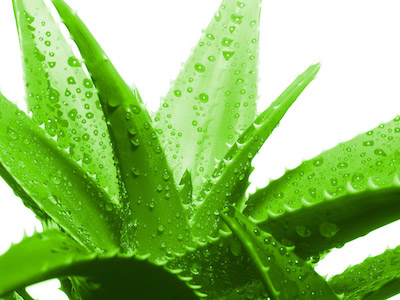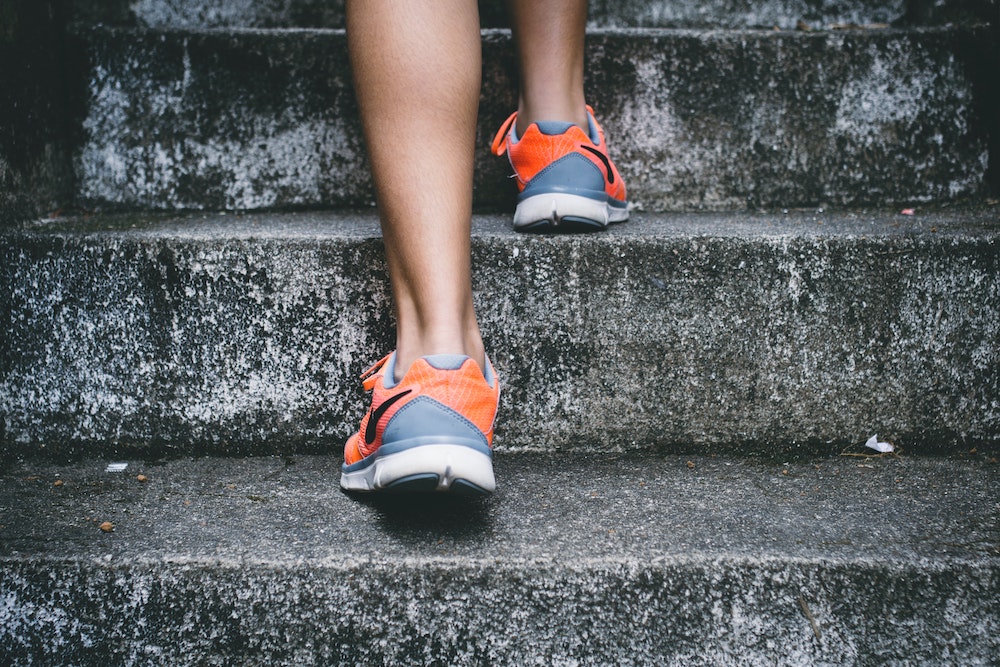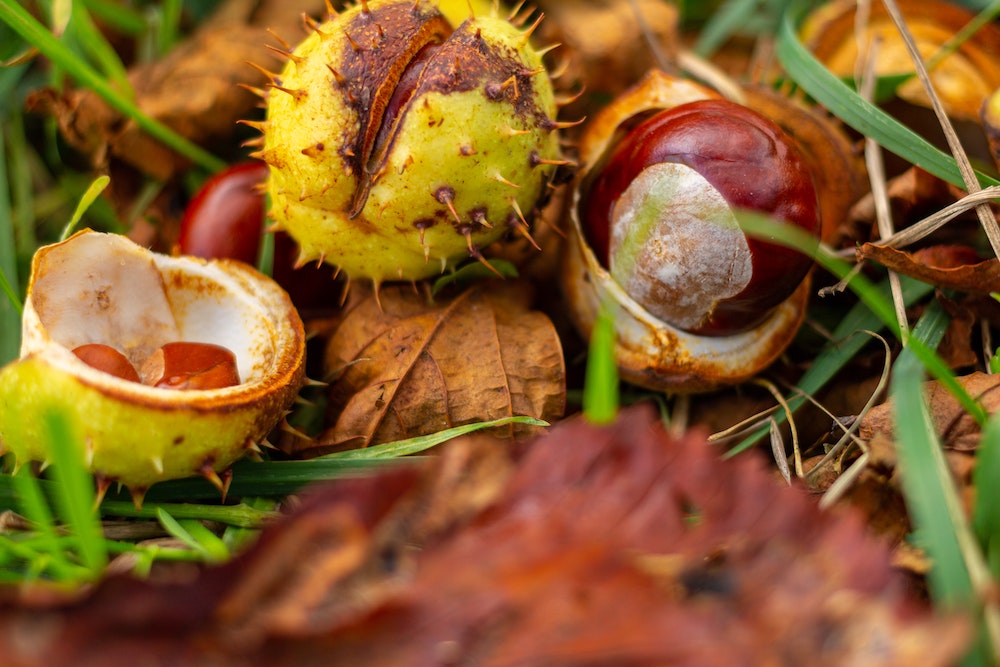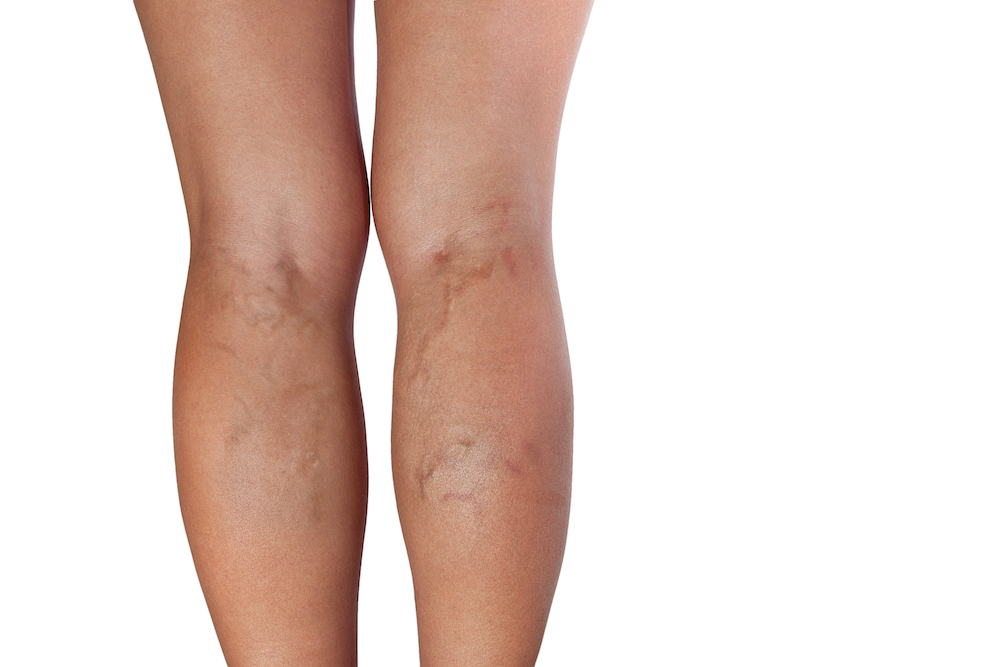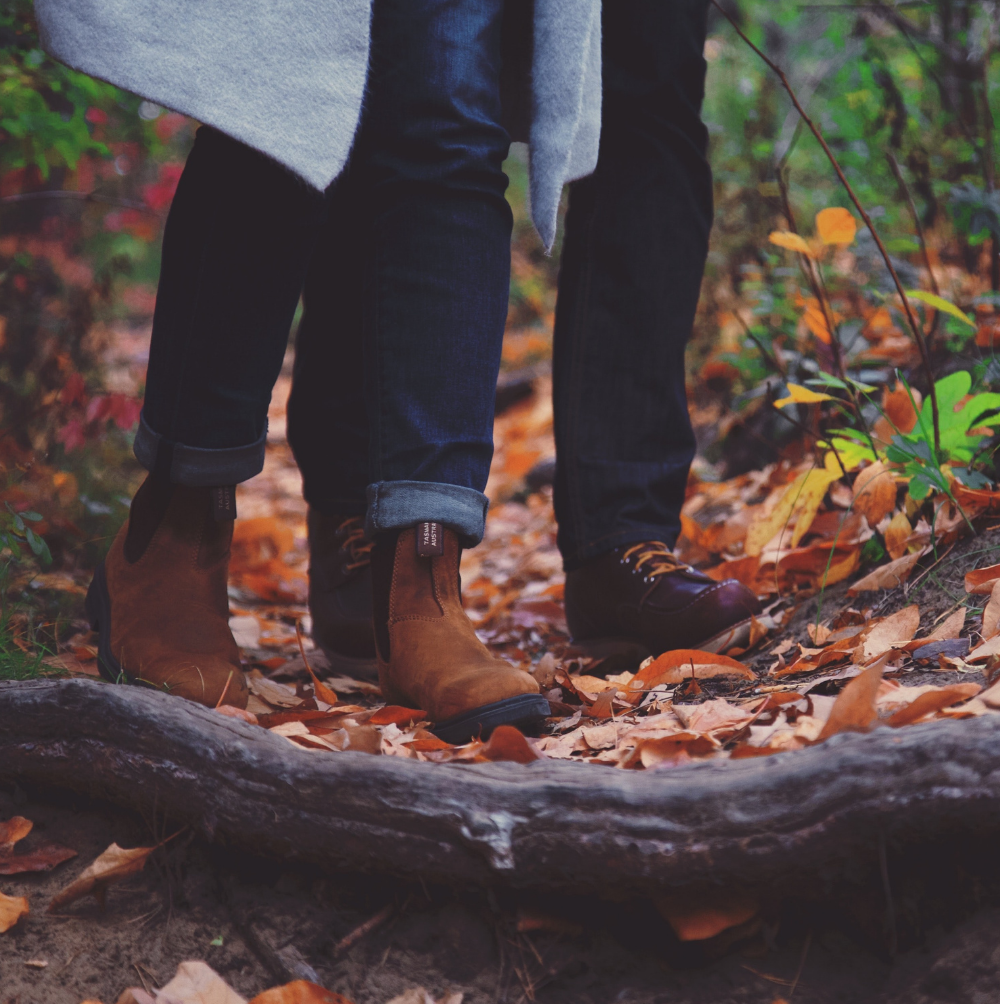The Pferdebalsam herbs
The recipe for Horse balsam contains extracts from 25 herbs. The substances of these extracts have various mechanisms of action but the same goal - to relieve pain, speed up recovery, reduce inflammations, etc. Some of the herbal extracts contain active components which optimise the activity of the main active substances or reduce allergic reactions.
The used active substances and mechanism of their action
Comfrey (Symphytum officinale L.)
Popular names: boneset, knitbone, consound, slippery-root
Comfrey was the basic medicine of Greek and Roman "war healers" (it let flesh grow together). In the Middle Ages comfrey was commonly used for healing of fractures, which its name comes from. The roots were shredded and used the same way as we use plaster today. Paste from the roots got stiff quickly, like plaster. It was used for thousands of years for fractures, contusions, sore spots, abrasions. In the past, baths in comfrey were also popular.
Its external application has primary importance. It is used as a bandage in bruising, inflammation of veins, chronic diseases and gout or varicose veins. It helps in treatment of fractures and healing of wounds, edemas, ulcers, bruising and contusions. Comfrey supports creation of healing tissue but it should not be used in deep wounds because it accelerates superficial healing before the wound is healed inside, which may cause abscesses. In folk medicine it is recommended for open varicose veins and crural ulcers. It is also used as a tincture or therapeutic oil.
The root is a more effective part. Active ingredients: allantoin, asparagin, lasiocarpin, methylpyrinin, essential oil, tannins, a number of other alkaloids.
Abilities of herb:
- Improve blood circulation
- Stimulate regeneration
- Speed up healing of swellings
- Soothe aching joints and ligaments
- Stimulate broken bone regeneration
Horse chestnut (Aesculus Hippocastanum L.)
Popular names: Aesculus castanea, Hippocastanum vulgare, Horse chestnut, conker tree
Horse chestnut is a tall tree originating from the Balkans. In Hungarian, this tree is called bokrétafa = a bouquet tree. It was brought to our region in the 18th century. It was first described as a therapeutic herb by Matthioli in the 16th century. In 1615 it was brought from Istanbul by a French traveller and planted in Paris. Over the next 100 years it spread all over Europe. The Californian indigenous people threw the crushed berries into the lakes to muddle fish so as to catch them easily. Its therapeutic effect on haemorrhoids was first mentioned in 1896.
The seed (chestnut), flower and young leaves are used. Active ingredients: aescin, quercetin, caempherol and others.
The abilities of the Horse Chestnut:
- It strengthens vein walls and regulates venous tone during chronic venous insufficiency
- Cramps and so called “heavy legs”
- Speeds up bruise absorption
- Aching joints
- Improves circulation in blood vessels eliminating blood coagulation and preventing thrombus formation
Interesting information
The name horse was acquired by the chestnut because the seed was used by Turks as a tonic for draught horses and for easing breathlessness of horses.
Another possible way that the name was created is that it seemed like a horse eye to our ancestors.
Goats and pigs like chestnuts. It is probably because of its bitter taste.
According to ancient beliefs we should keep chestnuts in our pocket because they protect against evil. They can protect against evil until they lose their lustre.
During World War II chestnuts were used as a source of starch.
The Chestnut flower is a symbol of Kiev, the capital of Ukraine.
Juniper (Juniperus Communis L.)
Popular names: common juniper, hackmatack, horse savin, gorst, aiten
The main places of occurrence of juniper are Europe and Asia. In Europe it is almost cosmopolitan.
It can be found from lowlands to mountains (Monte Rosa 3,700 metres above sea level). The therapeutic glory of juniper started in the Middle Ages when Arabs produced an unusual marmalade from juniper that is still stated in some older pharmacopoeias today. Juniper has long been associated with ritual cleansing and fire places in the temples as a part of the regular cleansing ceremonies. Several pharmacopoeias were also preserved in the Egyptian papyruses originating in 1550 A.D.
It is used internally in inflammations of the urinary tract and for the treatment of flatulence (indigestion –fermentative and putrescent procedures in the intestines). It improves metabolism in joints for which, together with the diuretic effects, it is intended for the treatment of joint rheumatism.
The berries are the used part of the plant. Active ingredients: essential oil rich in monoterpens -especially terpineol.
Abilities of juniper:
- Rheumatic pains
- Muscle pains
- Speeds up convalescence
- Arthritis and gout
- Chronic rheumatism
Interesting information
Juniper berries have long been used as a medicine in many cultures.
The juniper berries have the effect of a strong urinary tract disinfectant if they are consumed. They were used by Indians as a herbal medicine for urinary tract infections. Western tribes mixed the juniper berries with the root of barberry (Berberis) in herbal tea for the treatment of diabetes mellitus.
The original inhabitants of America used juniper as a female contraceptive measure. Juniper berries were used for home beer production at the beginning of the 20th century. Juniper berries were used for production of brandy in Poland and Slovakia, especially in the region of the White Carpathian Mountains where the popular "borovička" spirit was made.
The essential oil in juniper has excellent purifying properties, helps with urinary tract infections, cleans the blood, has antiseptic effects on the respiratory tract, is effective on muscle and rheumatic pain, and supports perspiration.
Arnica (Arnica Montana L.)
Popular names: leopard’s bane, wolf´s bane, mountain tobacco, mountain arnica
Arnica is a very old therapeutic plant; the tincture from flowers of this plant was always appreciated and the spectrum of use was quite extensive -from bruising to rheumatism and treatment of stroke. It was picked so extensively that it disappeared from the original places of occurrence. Arnica is toxic. It is used internally only in homeopathy.
Arnica increases sweating and has antibacterial effects. It causes reabsorption of internal bleeding in contusions and distortions. It reduces inflammation and relieves cramps. It is suitable mainly for external use. It has astringent effects.
The used parts: flowers, rarely root
Active ingredients: essential oils, flavonoids (sesquiterpen lactons -helenin) and tannins.
Abilities of arnica - can help with:
- Bruises
- Haemorrhages and bruises
- Antirheumatic effects
- Treatment of injuries
- Dislocation
- Swollen fractures
- Venous insufficiency
Silver fir (Abies Alba Mill.)
The used parts: essential oil is extracted from needles, buds and resin.
Active ingredients: pinene, terpinen, succinic acid, salicylic acid and others.
Abilities of silver fir:
- elp with rheumatic pains
- It promotes blood circulation in the limbs • Tendon inflammation
- Strong healing and antiseptic effects
- Accelerates healing of various injuries
Scotch pine (Pinus silvestris)
Popular names: Scots fir, Riga pine, Norway pine, Mongolian pine.
The resin from pine contains turpentine oil It contains pinenes (about 15%) Essential oil is a strong irritant and is effective in arthritis and rheumatic pain.
Abilities of pine:
- Help with heumatic pains
- It promotes blood circulation in the limbs
- Tendon inflammation
- Strong healing and antiseptic effects
- Accelerates healing of various injuries
Scrub pine (Pinus Mugo)
It is effective in rheumatic and muscle pain due to strain. It supports blood perfusion and cleans the skin. It improves blood circulation. It has very similar effects to Scotch pine. Both belong among the important components of the recipe.
Abilities of scrub pine:
- Help with rheumatic pains
- It promotes blood circulation in the limbs
- Tendon inflammation
- Strong healing and antiseptic effects
- Accelerates healing of various injuries
Rosemary (Rosmarinus officinalis L.)
Rosemary originated in the Mediterranean (it often grows directly at the seaside from where its Latin name was possibly derived ros=rosa and marinus=sea, i.e. "sea rosa"). Rosemary has been used since the Middle Age as a seasoning, medicine and incense.
It improves blood circulation, eliminates the feeling of cold in the limbs and helps with so-called "elderly heart". It improves the tone of the vessels, nervous system and it has a general supportive effect; therefore it is proven in convalescence and geriatrics. Rosemary is also excellent for external use. A strong infusion of rosemary is used for purification of oily skin, washing of eczema and for wounds and contusions. It is very popular in aromatherapy. Spreading of rosemary oil on the skin (two drops of 100% natural essential oil per two to three spoons of virgin oil) or tincture improves its perfusion and relieves stiff and strained muscles and joints.
Abilities of rosemary:
- Soothing rheumatic pains
- Strong antioxidant
- Eases swellings
- Reduces pain in rheumatism and gout and aids blood circulation
Interesting information
Because it was always associated with the myth that is sharpens memory it became a symbol of faith.
It was also believed that it was suitable for cleaning a room with ill patients due to the essential oils that were released from burning it.
The Matthioli herbarium states that rosemary wood was used for making cithers (musical instruments).
Rosemary oil was the first essential oil.
Rosemary has a very strong odour and beautiful flowers. No wonder that in the Ancient World it was used in songs as a symbol of love, marriage, death and immortality. It was used in incense, for manufacture of wreaths and as a decoration -from the hat of youth to the marriage bouquet and ceremonial table.
Chilli Pepper (Capsicum frutescens L.)
Red hot chilli pepper came to the West from India in 1548. The berry is a strong stimulant for the whole body, increases blood perfusion, and stimulates the nervous system and energy.
Therapeutic properties of chilli peppers are however quite broader. They help in treatment of pain and inflammation.
The used parts: fruit
Active substances: capsaicin, carotenoids, saponins.
Abilities of chili peppers:
- warming effect
- relieve muscle pain (myalgia)
- relief of joint pain (arthritic pain)
- relief of arthritis
- strong anti-inflammatory effect
It has the same effects as cortisone. Capsaicin triggers secretion of pituitary hormone ACTH. ACTH has anti-inflammatory and anti-allergic effects similar to cortisone.
Eucalyptus (Eucalyptus Globulus L.)
Eucalyptus was used in traditional medicine of Australian aboriginals for fever. It was brought to the West in the 19th century by the Director of the Melbourne Botanic Garden, and it was grown as a tree in Southern Europe and Northern America. Its leaves were used in the traditional medicine of Australian aboriginals as a dressing for wounds or inflammation. The herb has been used since 1840 in flu and cold, rhinitis and blocked nose.
The leaves are the used part. Active ingredients: essential oil rich in cineol and eucalyptol.
Eucalyptus abilities:
- gently irritates the skin to improve blood circulation and absorption of active ingredients
- has a healing effect on the tissues
- has an antiseptic effect
- has a mild cooling effect
- It is also used to relieve migraines
Ginkgo (Ginkgo Biloba L.)
Ginkgo, which originated at least 200 million years ago, disappeared from nature a hundred years ago. However it can be found in the gardens of temples in the Far East.
This deciduous coniferous tree with separate female and male trees was brought to Europe in 1730 becoming a popular decorative tree. The interest in its medicinal use has increased dramatically in the West since the 80s. The leaves are used for varicose veins haemorrhoids and lower limbs ulcers. In the traditional Chinese medicine it is used to reduce swellings in damp environment.
Used parts: Leaves
Effective substances:
Gingkolides, polyphenols (biflavons)
Abilities of Ginkgo:
- Increase venous tone (improves transfer of active substances to the desirable sites)
Baical skullcap (Scutellaria Baicalensis L.)
Its therapeutic effects were first mentioned before our era. It was used as a basic herb against various allergies.
The used part: root, marginally also leaves and stem
Active ingredients: alkaloids baicalin and wogonin
Abilities of Baikal-skullcap:
Reduce the risk of allergic reactions.
Despite the fact that the formula contains 25 herbs, and therefore there is a relatively high risk of allergic reactions, the Pferdebalsam is virtually free of such reactions thanks to the Baikal-skullcap.
Purple coneflower (Echinacea Purpurea L.)
This traditional Indian herb came to Europe in the second half of the 19th century. We do not classify it among the active components of the product because the maximum final effect with purple coneflower is achieved when taken internally.
The used parts: root, flower and tops
Active ingredients: echinocoside, alcylamides, echinacein and others.
Abilities of the echinacea:
- Healing minor injuries and burns
- Easing pain
- Eczemas and psoriasis
- Crural ulcers and bedsores (decubitus ulcers)
- Suitable for increased physical strain
Agrimony (Agrimonia Eupatoria L.)
Popular names: common agrimony, church steeples, sticklewort
It is a traditional herb with a broad spectrum of effects. The first notes of agrimony are dated 120 years before our time. It has been used on wounds since the times of the old Saxons. In the 15th century, it was the most important part of "arquebuse water" the field medicine for gunshots. It is good on inflammations of the skin and ulcers and it stops bleeding from wounds.
The used part: flowering tops
Active ingredients: tannins, terpens, flavonoids and their derivatives (lutein, apigenin, hyperosid) and a high amount of silicic acid.
Abilities of common agrimony:
- Circulation disorders
- Skin inflammations
- Haemorrhages and bruises
- Crural ulcer
Peppermint (Mentha piperita)
Popular names: black peppermint, brandy mint, Chinese peppermint, corn mint
The used parts are leaves or tops. Peppermint contains essential oils with a high content of menthol, bitter substances, tannins and flavonoids. Essential oils cause mild relief of cramps. Menthol have a cooling effect and reduces pain. Externally, peppermint is used in tense headache or edemas when it cools, supports perfusion and refreshes.
Marigold (Calendula Officinalis L.)
Popular names: common marigold, garden marigold, Scottish marigold
Marigold abilities:
- soothing and healing effects on the skin
- used externally for a wide range of skin conditions and inflammations
- used to eliminate the undesirable side effects of other skin preparations
Thyme (Thymus Vulgaris L.)
Popular names: wild thyme
It was used by the Romans. The word thyme originates from the Greek word meaning courage.
Thyme essential oil (called thyme camphor), which contains high amounts of thymol and carvacrol, has a strong anticonvulsant effect.
Blueberry (Vaccinium myrtillus L.)
The blueberry berries and leaves are rich in glycosides, which have a considerable vasoprotective effect. It accelerates absorption of edemas. They improve metabolism and speed up tissue regeneration and recovery.
Snake root (Polygonum bistorta)
In the past snake root was used in traditional medicine mainly as an antidote against snake bite and also to stop bleeding. It is an exceptional herb. Most of its effects are achieved after internal use. It is in the recipe for Horse balsam especially because of its ability to heal ulcers, contusions and to reduce pain.
Lemon (Citrus limon L.)
When used internally, it provides effective cure for arteriosclerosis, it increases strength and flexibility of veins and capillaries.
Grapefruit (Citrus grandis L.)
It has the ability to purify and promote blood circulation. The advantage is the ability of grapefruit to stimulate the lymphatic system.
Lavender (Lavandula officinalis L.)
COMMON NAMES: COMMON LAVENDER, SPIKE LAVENDER, GARDEN LAVENDER ESSENTIAL OIL OBTAINED FROM LAVENDER FLOWERS IS RICH IN MONOTERPENES.
Lavender is a strongly scented, 60-120 cm tall, richly branched, perennial semi-shrub.
The woody stems are densely whitish hairy. The hairs are star-shaped and quadrangular above. Leaves are oblanceolate with an underrolled margin, 2-6 cm long, linear-lanceolate to oblong-lanceolate, glandularly punctate on the reverse. The leaves are green, grey-fleshed when young, later becoming glossy. The flower spikes are arranged apically on long-stalked interrupted spikes. The bracts are 3-4 mm long, rhombic to obovate, strongly veined, brownish-purple. Flowers are symmetrical, short-stalked with an oblong, tubular, thirteen-veined, 4.5-7 mm long calyx. The ears are unequal, the upper one with an obscure hairy, densely curly purple appendage. The bicuspid corolla with a two- to three-toothed upper lip is 8-12 mm long, symmetrical, blue to purple. There are 4 stamens in flower, two much shorter (bipinnate), attached to the corolla by threads. Seedpod is uppermost and 4-parted. The stigmas are glossy brown. Flowering time is mainly in June, July to August.
The active ingredients are linalool, linalacetate and Terminal-4 ol.
Usage:
It has anti-inflammatory effects.
The infusion of the lavender flower is added to the bath - already in ancient Rome it was added to the bath (Latin lavare means to wash, to wash). Lavender is also put in between clothes in the wardrobe, which smells nice and repels moths at the same time. It is used in the cosmetic industry (fragrance oils, perfumes). It is also used in the kitchen, especially in France, Spain and Italy, and is one of the components of Provençal spices.
The lavender flower is added to herbal mixtures used for headaches, insomnia, nervousness and dizziness for its calming effects. It slightly lowers blood pressure. Massages with lavender oil help with rheumatic pains and have a stimulating effect.
Heather (Calluna vulgaris L.)
It is used for the treatment of rheumatic inflammations, or gout attacks. The used parts are its flowering tops. The anti-inflammatory effect is caused by ursolic acid. This acid increases the activity of lipooxygenase (according to French scientists it should protect the body against cancer).
Black currant (Ribes nigrum L.)
Popular names: blackcurrant
The used parts are berries and leaf. It has strong antirheumatic effects. The main action is however achieved after internal use.
Chamomile (Chamomilla recutita L.)
Popular names: wild chamomile
The ancient Greeks called Chamomile the “Earth apple” for its scent; the Anglo-Saxons considered it one of the nine holy herbs given to the Earth by the Woden god. The advantage of chamomile is that it reduces any itching of the skin.
Cinnamon (Cinnamomum zeylanicum L.)
Popular names: Ceylon cinnamon, Chinese cinnamon, sweet wood
Due to its pungent and warming taste, Cinnamon is suitable for all types of diseases “caused by cold”, from the common cold and chilled stomach to arthritis and rheumatism.
It has a warming effect.

